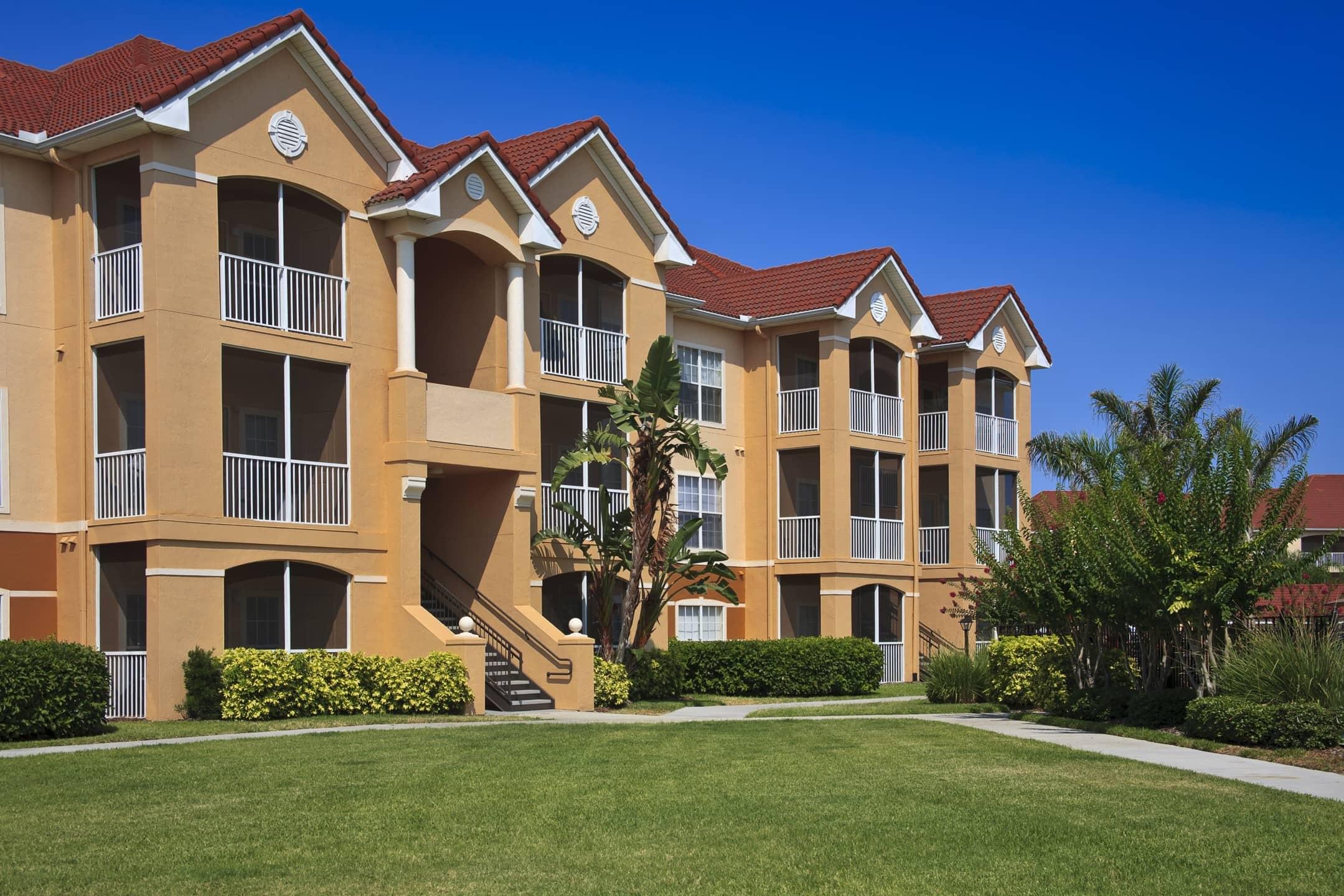Types of home improvement loans

Whether you live in a house that could use renovations or are about to buy a home that needs some work, you might want to look into home improvement loans.
Renovation and improvement plans can be easy to come up with but tougher to fund. If this is a situation you find yourself in, you may have more options than you realize with home improvement loans.
Don’t wait to start your desired repairs and upgrades, as applying for a home improvement loan is a simple process. Apply now!
How do home improvement loans work?
Each type of home improvement loan is different. Some will act as a second mortgage, and some can open lines of credit. There are also home improvement loans that work only for necessary repairs and improvements, while other home improvement loans can be used for upgrades and additions.
Types of home improvement loans
These are the five common home loans available to most borrowers looking to make renovations, repairs, improvements or upgrades.
Home equity loan
A lets you borrow based on the value you’ve built up your home for improvements. This is a type of second mortgage, so you will have to make payments on both your original loan and home equity loan.
While this type of loan isn’t for everyone’s financial situation, if you have the flexibility to balance this loan with your original loan, it could be a solid option when looking to make home repairs or renovations.
HELOC
A (HELOC) allows you to tap into the equity you’ve built up in your home, similar to a home equity loan, but in the form of a credit line. HELOCs are a great option for borrowers who aren’t sure how much their home improvements will cost or how long they will take.
Instead of taking out a loan for a fixed amount, a HELOC allows you to pay for specific repairs and upgrades as they come up, so you won’t have to take out more money than you need. Payments on your HELOC might change over time as they often use variable interest rates.
FHA 203(k)
Whether you are a new or long-time homeowner, you can apply for an for any necessary renovations*. The loan amount you could borrow depends on a property’s condition and renovation plans. Your renovations will have to stay within and the property will need to be your primary residence.
Because they are only for necessary renovations, you cannot receive an FHA 203(k) loan for any projects considered cosmetic or nonessential to the home’s function.
VA Renovation
If you are an active-duty military service member or Veteran looking to improve a home’s livability standards, you might be eligible for a . These loans could fund up to $50,000 for repairs and renovations to home purchases and refinances.
The VA has minimum property requirements for safety and livability and does require the home to be your primary residence. However, if you are eligible for a VA Renovation loan, the benefits include: no required down payment or mortgage insurance, and borrowers can be eligible for low interest rates.
Cash-out refinance
Cash-out refinances let you access the equity you’ve built up in your home**. This type of loan essentially trades your current mortgage for one with a higher total loan amount. With a cash-out refinance, your lender will pay you in cash the difference between your original mortgage and your new one. You can use this cash on any renovations you would like.
A downside to a is that you are essentially starting with a new mortgage that you will pay back for longer as well as paying any new closing costs that come with your refinance. However, you might be able to secure a lower interest rate than you had with your original mortgage.
Fannie and Freddie’s renovation mortgage
If your mortgage is owned by or Freddie Mac, you could take advantage of their home renovation loans: HomeStyle from Fannie Mae and CHOICERenovation from Freddie Mac. These loans allow borrowers to make upgrades or repairs with one mortgage.
Both loan programs could be used for a primary residence, second home or investment property. HomeStyle and CHOICERenovation work for necessary renovations as well as any “luxury” upgrades or improvements you want to make. These programs have flexible lending terms and interest rates lower than most other options.
Personal loans
If you haven’t had the time to build up home equity, a might be an option for your home improvement projects. Most lenders offer personal loans, so you might not need to go somewhere new to get a loan for any renovations or improvements.
There are two kinds of personal loans: secured and unsecured. Secured loans will ask you to put up collateral, which can be repossessed if you fall behind on debt payments. Unsecured loans won’t require any collateral but do come with higher interest rates and lower loan limits.
Kinds of home improvement projects
There are three kinds of home improvements that a loan could cover: structural renovations, nonstructural renovations and luxury renovations.
- Structural renovations can be improvements made to enhance the strength of a building, remodeling bathrooms and kitchens or new additions to the home.
- Nonstructural renovations are any changes that can be made without permits or professional oversight like painting or replacing floors.
- Luxury renovations are high-end improvements that turn your home from ordinary to extraordinary. These are the hardest renovations to get loans for because lenders could deem them unnecessary.
Talk with your lender to find out what kind of loan you would need for the improvement project you are looking to complete.
How to apply for a home improvement loan
Applying for a home improvement loan is as simple as applying for any other home loan or mortgage: review your finances, gather documents then start your application.
Before you apply, make sure you have checked your credit score, debt-to-income (DTI) ratio and know how much cash you have on hand. To apply, you will have to provide income verification, tax returns and asset statements. After you have done all that, you will be able to start your home improvement loan application. Once you have submitted your necessary documents and application, a loan officer will review it all and contact you.
Each loan has its own requirements and guidelines you will have to meet before receiving your loan. A loan officer can discuss your options and show you what you need to qualify.
Home improvement loan alternatives
There are hundreds of grant and loan options available for home improvements, depending on financial situation, location and necessity.
To know what options are available for you and your home improvements, talk with a lender. After you fill out an application, lenders will have access to your financial situation and home information. From there, they can advise you on the best loan options and alternatives.
If you are ready to start an application, talk with a lender and begin your home improvement loan !
* Credit score and down payment requirements higher for 2-4 unit, investment properties and renovation products.
** Using funds from a Cash-out Refinance to consolidate debt may result in the debt taking longer to pay off as it will be combined with borrower’s mortgage principle amount and will be paid off over the full loan term. Contact Rate, Inc. for more information
Rate, Inc. has no affiliation with any government agency.




